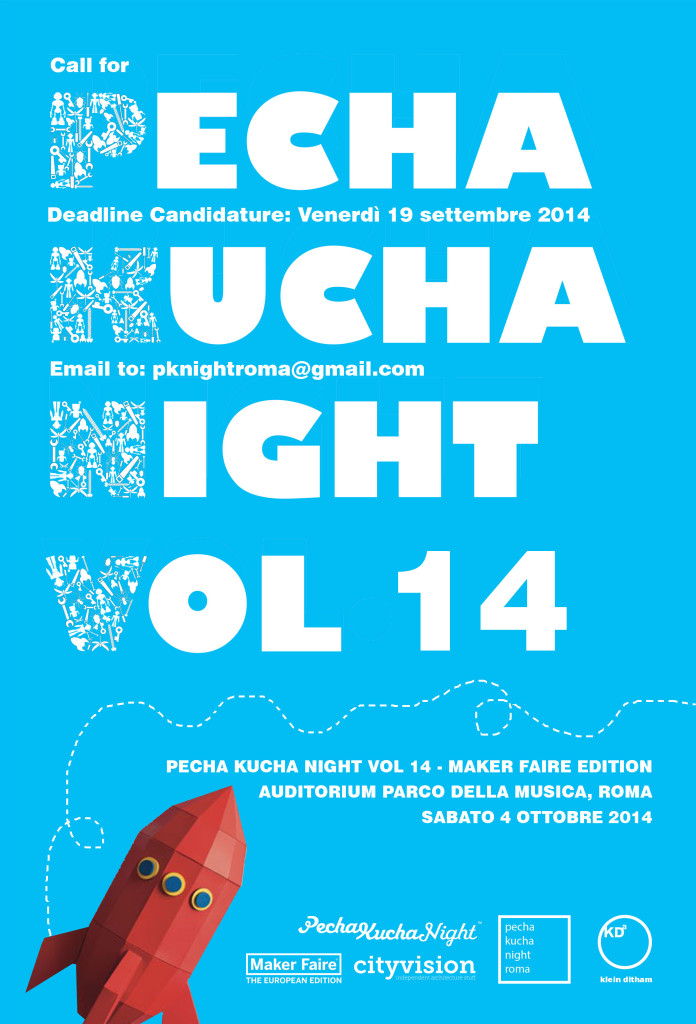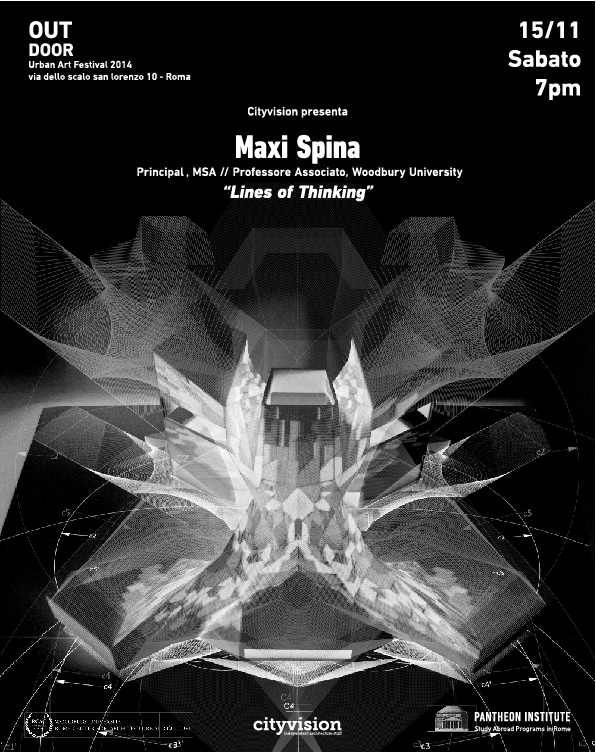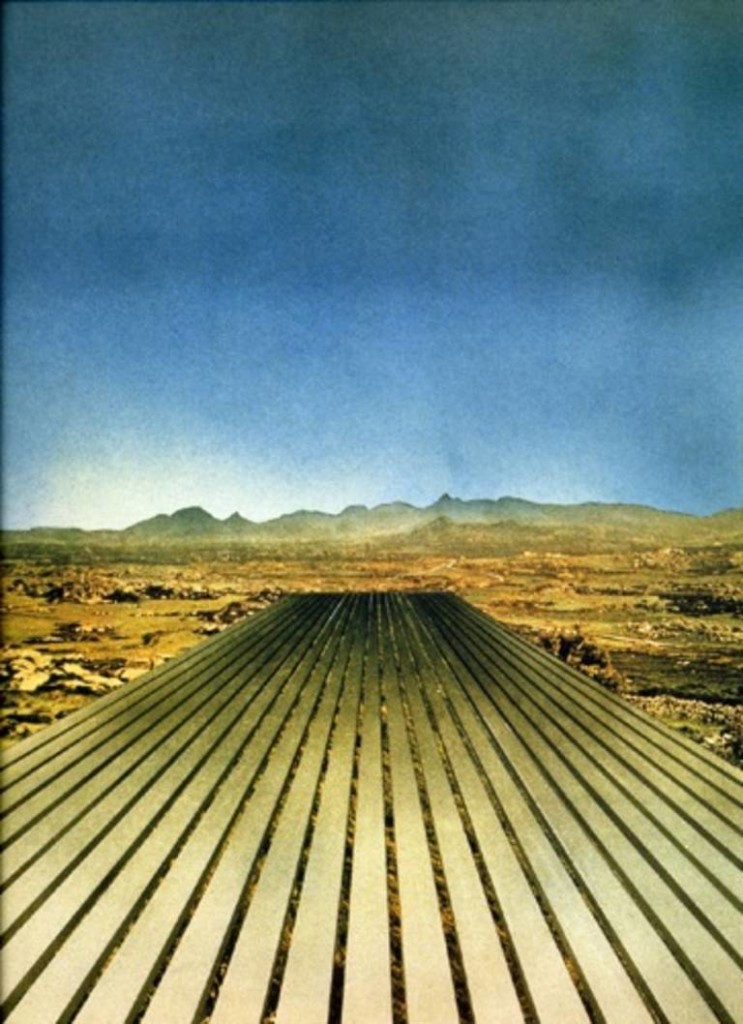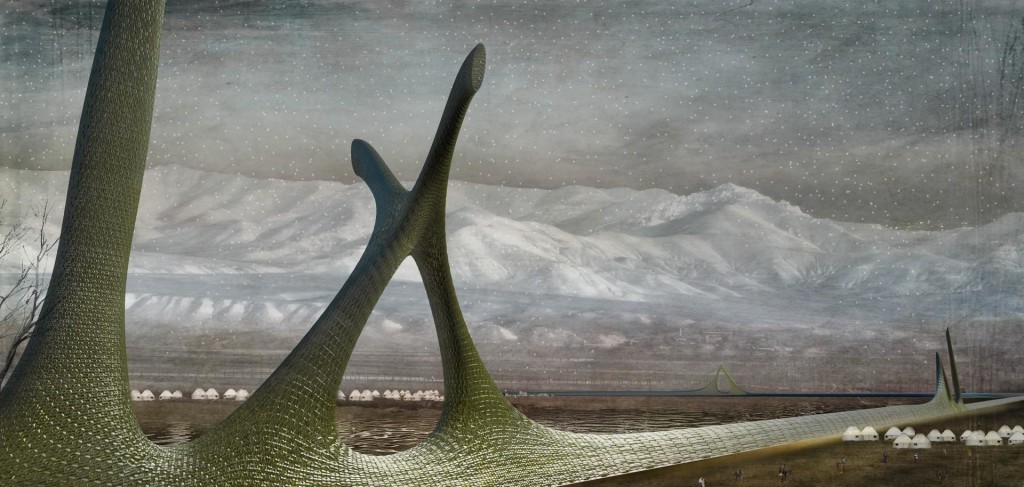I am City, we are City
by Francesco Lipari
When I think about the future, my mind come back to the days from 80’s to the dawn of the new millennium. I clearly remember that period, no doubt that it seemed the future to me: a time when the scale between technology and humanity was perfectly balanced. The future, in fact, always coincides with something simple that simplifies our life. Today, we live in complex times which are a sort of borderline for humanity. In response to rapid changes of lifestyles and habits, humans must adapt and change their own nature, influencing the urban environment, understood as the ideal ground of sharing and exchange. Everything changes with an unprecedented speed we are not prepared for, dragged by a two-speed rhythm. In the one hand there is technology, which proceeds inexorably as it had suddenly realized to be in late on original plans; on the other hand, there is humanity, which gathers those who are similar in feel an estrangement in which they must live, as the current stage doesn’t make them protagonists. These are unprecedented times, where we are never been so close and distant in the same time and natural, adaptive human-mechanism seems to be jammed, or simply inadequate to face the deep changes which happen cyclically and with ever shorter intervals.
City of Book 1971, by Superstudio
The shape of earth and circularity of events lead to think that our world is finite, predetermined. Humans are naturally inclined to interpret signs, trying to anticipate changes that actually seem to be already happened. Time variations and continuous adaptations are just the effects of something which already happened and recur, in a new shape.
The man of today, as an instance, is closer to a man who lived in fifth century than to a man who lived in nineteenth century. The latter, in turn, is similar to a man lived in roman age. In this scenario, apparently anachronistic – in which is difficult to find the humanity – cities grow up. Cities are a representation of our society and, today, we are losing their control.
Silk Road Map Evolution – OFL Architecture
The typical model made of independent and self-sufficient cities no longer exists. We are experiencing a new “ageographical” city, without precise spaces and forced to demonstrate its strength to face and bear new rhythms. Each city will become a follower of a bigger city within a process which is similar to the editing of an infinite book, with an infinite number of pages, hosted in a universal library. Cluster-cities will become nodes of an algorithmic-generative definition, tailored to support a global vision.
Moreover, the current technology-overflow is generating two different effects on the same actors, i.e. the human beings. By increasing the level of interaction and communication two kind of society emerge. The first one is a high-communication society with no territorial and expressive boundaries, while the second one is a low-communication society, which reinterprets obsolete technologies with the dual aim to save memory and identity; such a society also uses the technology-divide as an elitist and less controllable type of communication.
All this leads to a disaggregation of consolidated models of urban management and opens the doors to the individual contribution as a model for generation and implementation. We will experience a new age where humans will be a part of a complex bio-mechanical mechanism structured and integrated with urban environment. Technology will further simplify its hardware and also the city will be more and more smaller, personal, up to coincide with the humans themselves.
Originally published on AAD_Algorithms-Aided Design / Parametric Strategies Using Grasshopper® a cura di Arturo Tedeschi
ITALIAN VERSION AVAILABLE ON WIRED.IT
www.wired.it/attualita/2014/10/21/io-sono-citta-noi-siamo-citta
Info:
Info:
Title: I am City, we are City
Time: 28 ottobre 2014
Category: Editorial
Views: 7338 Likes: 1
Tags: -








